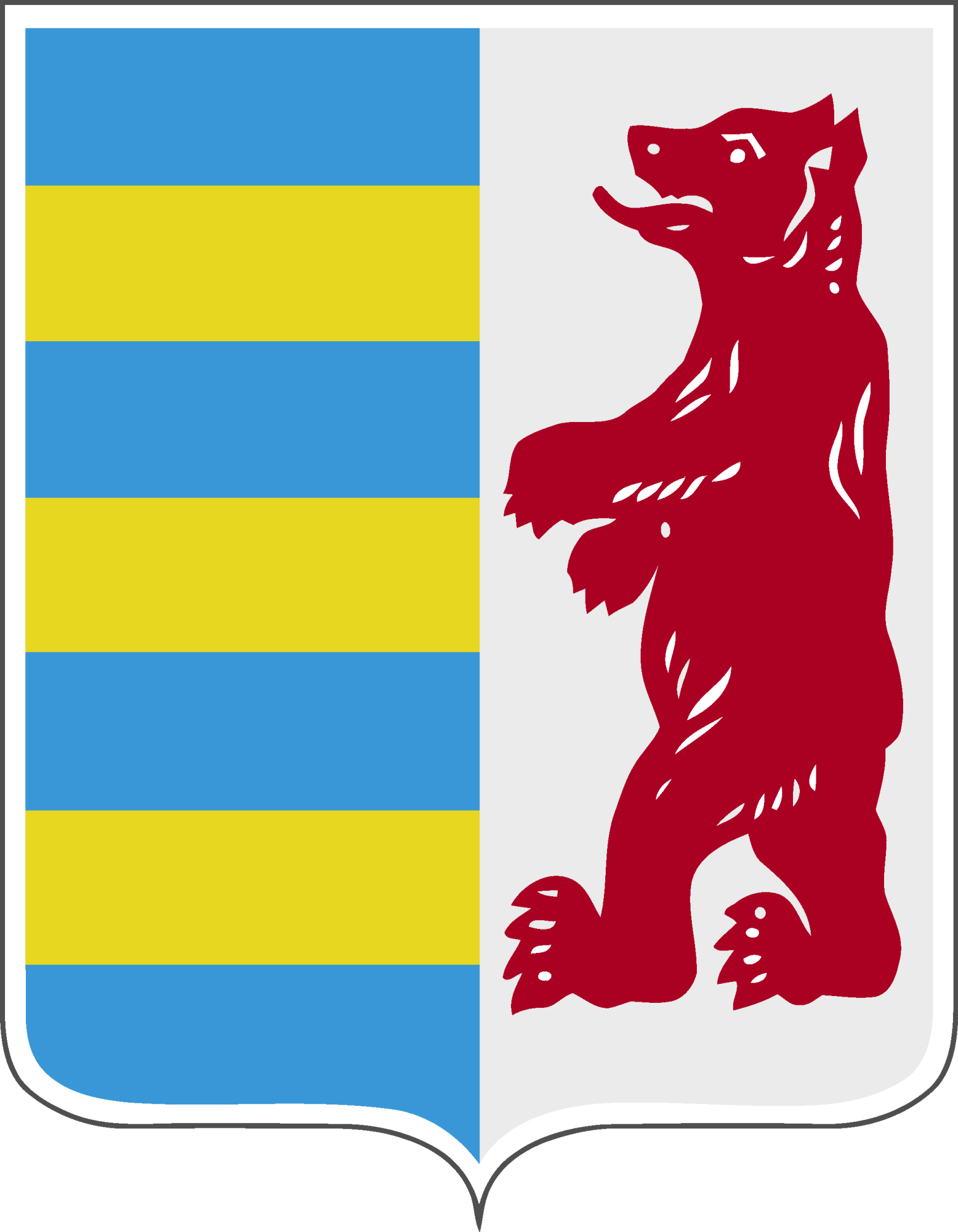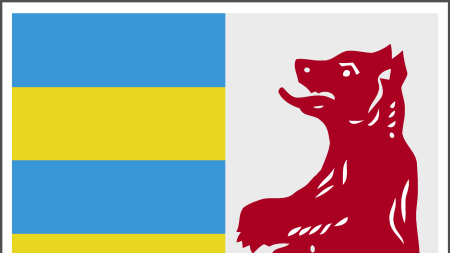Edited by RPIC Prešov | Presov Region
Inspiracja
According to the assumptions of historians, Cretanism was brought to the Ruthenians by the Thessalonica believers, Cyril and Methodius, putting to Great Moravia. Ruthenian villages and estates in the oblasts of Užská, Zemplínská, Šarišská and Spišská counties in the 11th century were acquired by the Kingdom of Hungary and at the same time the Lemkov Ruthenians north of the Carpathians were acquired by the Polish Kingdom. At the time when the Old Hungarian tribes penetrated Pannonia, Rusíni hurts with the kniežaťom Laborcom in the territory of eastern Slovenia. The truth of the 13th century confirms the testimony of the chronicler Anonymus, who was sent to the court of the king (arpadovic) Bélu III. Najnovšie výskumy tvrdia, that the Rusíns are the descendants of Biele Chorvátov and putovaním from Brehov Dnestra sa got to Starľubovnianska, Svidnícka, Medzilaborecká, Sniny and Humenného oblasts.
After the death of kniežaťa Laborca, the Ruthenians took over the pohraničnú oblast hraničnú s Veľkomoravskou ríšou. Dominantou country hurts unprincipled forests, popretávané riečkami and streams. V latinčine sa was called Marchia Rutenorum (Krajná Ruská). Dodnes have retained names with similar names as: Krajná Poľana, Krajná Porúbka, Krajne Čierno and pod.
In the 14th century, the influx of pastoral people from the Balkans, the Wallachian colonization, began. As a result, part of the Ruthenian population "went wild" and the names Valasi - Ruthenians even appeared in old documents. Gradually, the term Valasi ceased to have an ethnic character and expressed a way of life and farming, which was centered on sheep breeding.
In the 16th century, the territory of the Carpathian Ruthenians became the front line of the Turkish-Austrian wars and the anti-Habsburg uprisings of the Hungarian nobility. The crisis of the Catholic Church affected the Ruthenian Orthodox Church, which united with the Catholic Church. These events led to the creation of the Uniate Church (administrative subordination to the Vatican, but preservation of Church Slavonic worship). The Uniate Church was recognized by the Pope in 1771 as the Greek Catholic Church and later played a progressive role in building the school system.
The faces of the revolution in 1848-1849 became Adolf Dobriansky and Alexander Duchnovič, who are the authors of the first Ruthenian political program. The connection of the Ruthenians to Czechoslovakia took place on the basis of the condition of the creation of a certain form of self-government. Between 1918 and 1939, Podkarpatská Rus had a Ruthenian governor. Ruthenians from the vicinity of Prešov belonged to the Slovak self-government. The Ruthenian national revival lasted only less than 20 years, because in 1867 the Magyarization of the national minorities took place. This period is associated with protests, emigration to the USA and the seed of the movement for the restoration of the Orthodox (Ruthenian) Church.
In Czechoslovakia after the First World War, this nation experienced its second national revival. It was most visible in education and culture. A dense network of "Russian" schools was built (275 folk, 41 elementary, 4 gymnasiums), where Ruthenian was taught from Ruthenian textbooks. The tragedy was the relocation of 12,400 East Slovak Ruthenians to the territory of Ukrainian Volyn. In the early 1950s, the names Ruthenian and the Ruthenian nationality gradually disappeared from public life on the basis of government regulations. In 1952 and 1953, Russian schools forcibly switched to a Ukrainian orientation. There was persecution of citizens who claimed to be Ruthenian, despite the ban. The authorities forced them to claim Ukrainian nationality and threatened them with post-war deportations to the USSR – which dramatically reduced the number of Ruthenians.
In Slovakia, Ruthenian nationality was restored only after 1989. A big step was the codification of the written Ruthenian language in 1995, which started a new development of Ruthenian culture, literature, but also the media - except for Ruthenian education, which was not restored in our country.
See the error? Do you know more information? Report it to us.
Write to us.
















